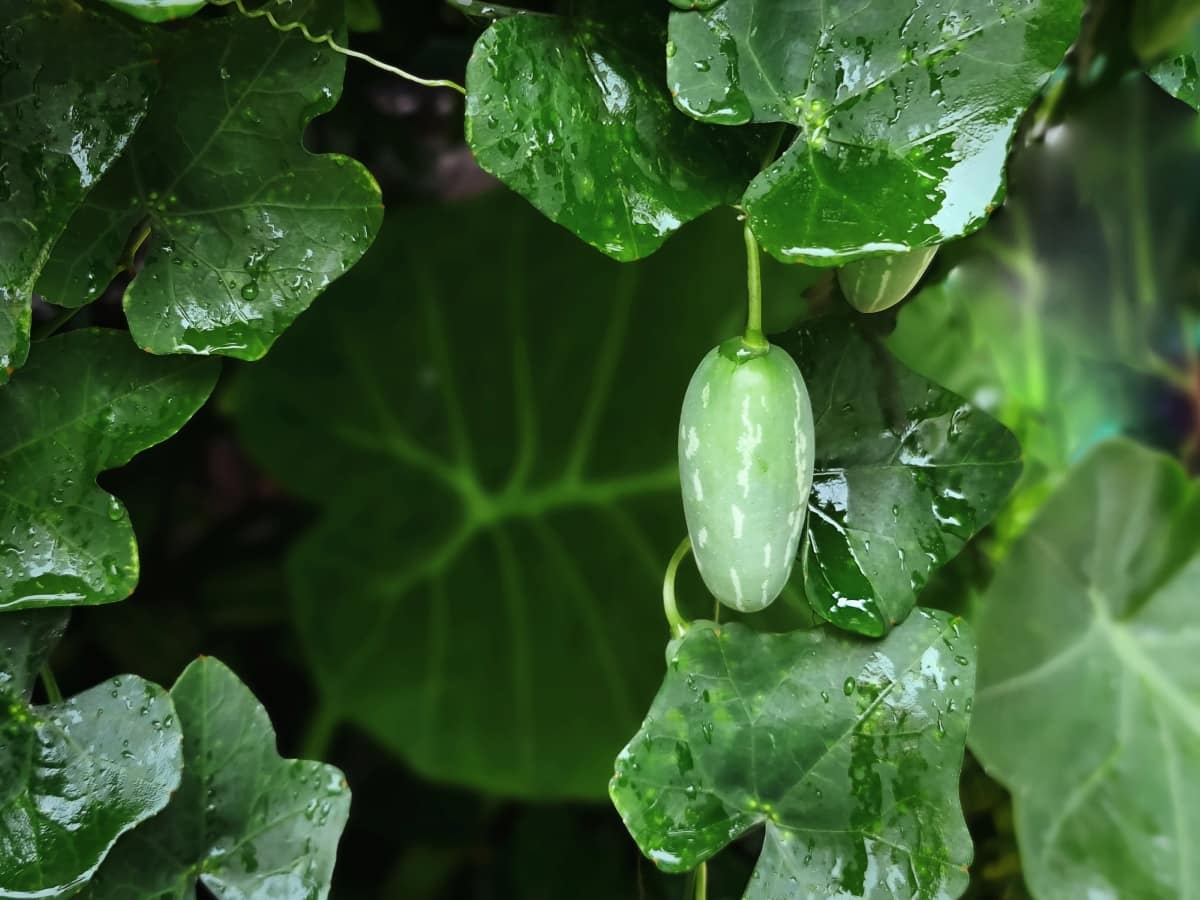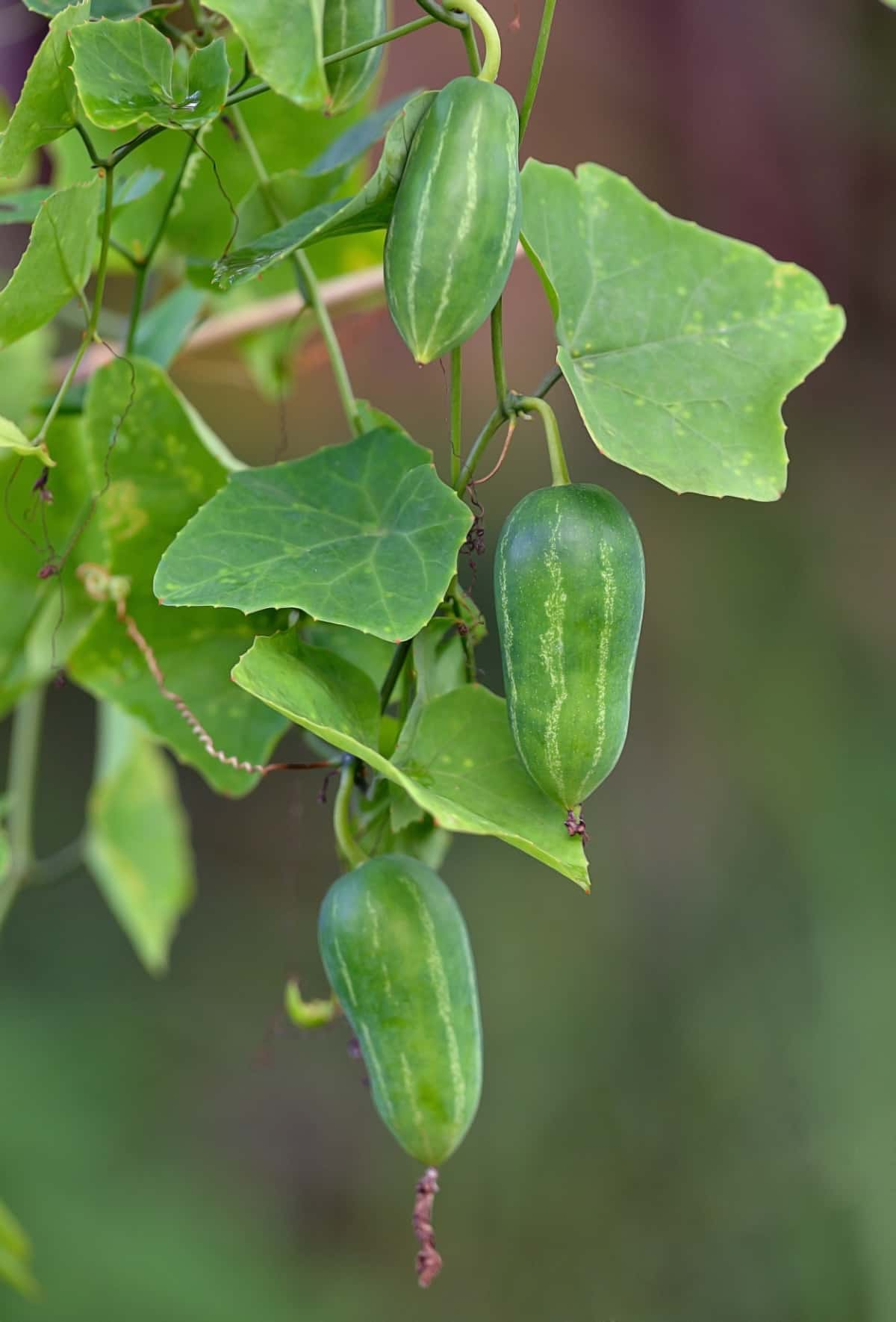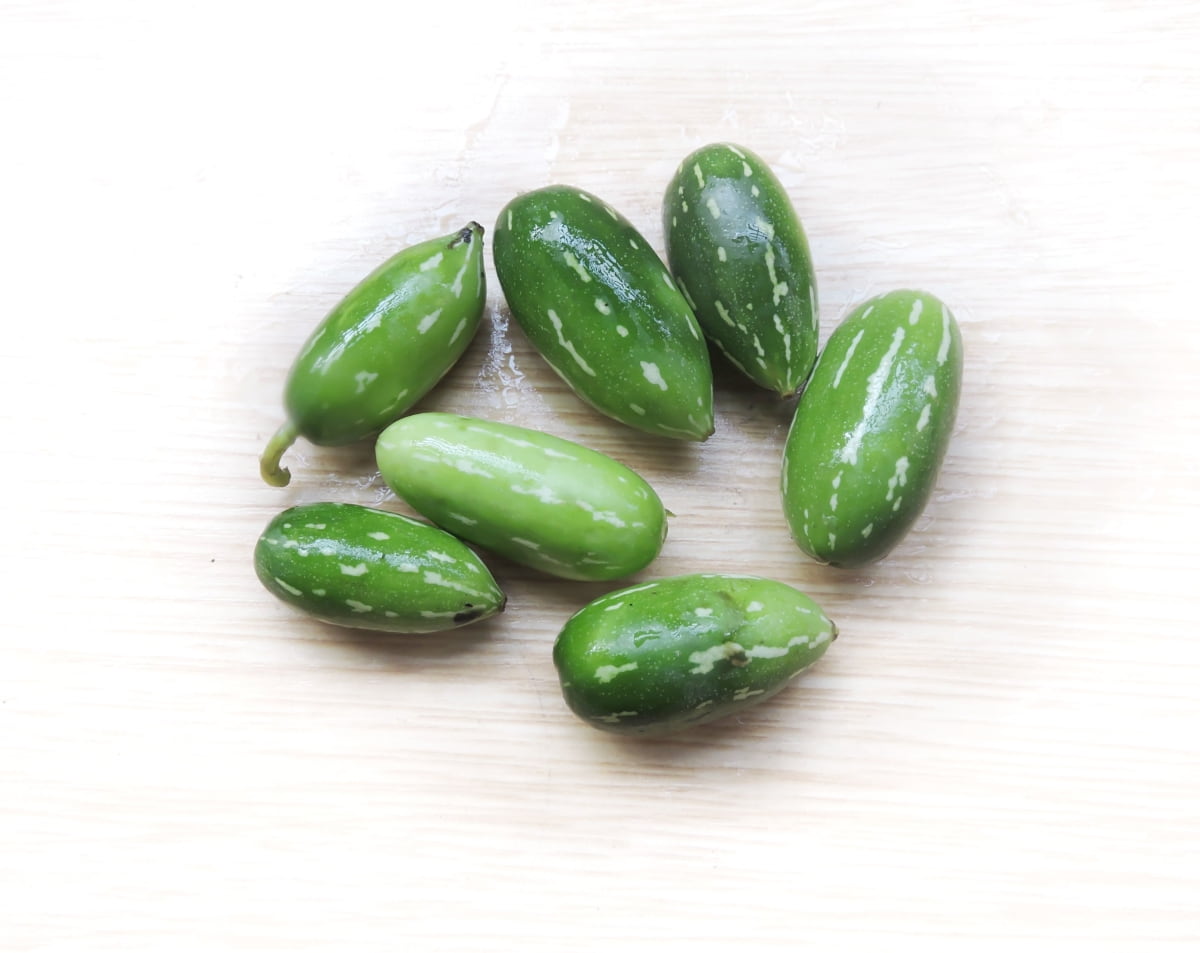Welcome to the comprehensive guide on Pest Management in Ivy Gourd: 100% Effective Treatment and Control Solutions. Ivy gourd cultivation demands a holistic approach to pest control, incorporating various strategies for optimal results. From water management techniques to selecting pest-resistant varieties, we delve into sustainable farming practices, ensuring crop health and productivity.

Learn about safe insecticide use, soil enrichment methods, and combatting common pests like aphids and whiteflies. Explore the realm of biological and organic pest control, empowering growers to protect their ivy gourd crops while maintaining environmental balance and promoting long-term sustainability.
Pest Management in Ivy Gourd
Introduction to Ivy Gourd Cultivation
Ivy gourd cultivation offers farmers a promising venture. This resilient vine, Coccinia grandis, thrives in warm climates, yielding abundant fruits. The vine’s rapid growth and adaptability make it suitable for various agricultural settings.
Overview of Ivy Gourd (Coccinia grandis)
Coccinia grandis, commonly known as ivy gourd, belongs to the Cucurbitaceae family. Its slender vines sprawl across trellises, bearing small, elongated fruits. Ivy gourd’s nutritional richness and versatility in culinary applications render it valuable in diverse cuisines worldwide.
Importance of Pest Management in Ivy Gourd Farming
Effective pest management ensures optimal ivy gourd yields. Biological pest control methods, such as introducing natural predators, mitigate pest infestations sustainably. Organic pest solutions, including neem oil sprays, safeguard ivy-gourd crops without harming the environment. Integrated pest management strategies integrate various techniques to maintain pest populations at manageable levels, safeguarding ivy gourd harvests effectively.
Common Pests Affecting Ivy Gourd
Identification of Major Pests: Aphids, Whiteflies, and Spider Mites
Aphids and whiteflies are common pests that attack ivy gourd plants, sucking sap from the leaves and stems, causing stunted growth and yellowing of foliage. Spider mites are another significant threat, feeding on plant fluids and leaving behind webbing on the leaves.
Lifecycle and Impact on Crop Health
The lifecycle of aphids, whiteflies, and spider mites involves rapid reproduction, leading to exponential population growth if left unchecked. These pests weaken ivy gourd plants, making them more susceptible to diseases and environmental stressors. Crop rotation benefits for ivy gourd include breaking the pest lifecycle and reducing pest pressure on the plants.
Cultural Control Strategies
Crop Rotation and Field Sanitation
One of the advantages of crop rotation for ivy gourds is that it keeps pests and diseases from growing in the soil. Pests specific to ivy gourds, such as aphids and whiteflies, are put in control of their life cycles by crop rotation, which eventually lowers their populations.
Proper Planting Practices for Pest Reduction
Soil health for Ivy Gourd is crucial for reducing pests and diseases. Compost and other organic matter strengthen the structure of the soil and promote healthy microbial activity. Field sanitation practices include removing crop residues and weeds, eliminating pest habitats, and reducing disease transmission. Proper disposal of infected plant material prevents pathogen spread.
In case you missed it: Bitter Gourd Disease Management: Control and Treatment Strategies

Biological Pest Control Methods
Introducing Beneficial Insects: Ladybugs and Lacewings
Natural predators for ivy gourd pests like aphids and spider mites include ladybugs and lacewings. These insects feed on harmful pests, keeping their populations in check and preventing damage to ivy gourd plants.
Utilizing Biopesticides for Natural Pest Management
Biopesticides for ivy gourd, such as neem oil and Bacillus thuringiensis (Bt), offer effective alternatives to chemical pesticides. These natural substances target specific pests while minimizing harm to beneficial insects and the environment.
Chemical Control Measures (When Necessary)
Selective Use of Insecticides for Ivy Gourd
Chemical control in Ivy Gourd farming is a last resort, employed when pests pose a significant threat to crop health. Selective use of insecticides targets specific pests while minimizing environmental impact.
Safety Measures and Application Techniques
Ivy Gourd crops require strict insecticide safety measures to protect the environment and human health. These include using protective gear, following recommended dosage rates, and applying insecticides during calm weather. Proper storage and disposal also prevent soil and water contamination.
Integrated Pest Management (IPM) in Ivy Gourd Farming
Combining Cultural, Biological, and Chemical Strategies
Integrated Pest Management Ivy Gourd techniques involve a holistic approach to pest control. Farmers incorporate cultural practices like crop rotation and sanitation, biological methods such as introducing natural predators, and judicious use of chemical interventions when necessary.
Monitoring and Threshold-based Interventions
Implementing Monitoring and Threshold-based interventions is crucial in Integrated Pest Management Ivy Gourd systems. Regular scouting helps farmers detect pest populations early. By setting thresholds for action, they can decide when intervention is necessary, minimizing pesticide use and preserving beneficial organisms.
Physical and Mechanical Pest Control
Use of Traps and Barriers
Traps and barriers play a crucial role in Integrated Pest Management (IPM) strategies for controlling pests like the Ivy Gourd. These methods involve placing physical obstacles or devices to intercept and capture pests before they can damage crops. For example, using sticky traps or pheromone traps can effectively catch pests like fruit flies or aphids that commonly infest Ivy Gourd plants.
Manual Removal of Pests and Infected Plant Parts
Manual removal of pests and infected plant parts is another essential aspect of IPM for Ivy Gourd cultivation. Regular inspection of plants allows farmers to identify and remove pests by hand, preventing further infestation and damage. Additionally, removing infected plant parts helps prevent the spread of diseases and maintains plant health.
Soil Health and Nutrient Management for Pest Control
Enhancing Soil Fertility to Support Plant Health
Maintaining optimal soil fertility is crucial for preventing pest infestations. Nutrient-rich soil promotes robust plant growth, creating a natural defense against pests. Two examples of organic matter that can be applied to soil to promote plant resilience and fertility are compost and well-rotted manure. Sufficient amounts of potassium, phosphate, and nitrogen are necessary for plants to be healthy and serve as a natural barrier against pests.
Organic Amendments and Their Role in Pest Deterrence
Integrating organic amendments into soil management practices can significantly contribute to pest control. Cover crops, like clover, not only enrich soil with essential nutrients but also attract beneficial insects that prey on pests. Because they serve as protection against soil-borne pests, organic mulches like straw or shredded leaves help maintain a healthy soil structure. Utilizing these natural amendments fosters an environment that discourages pest infestations.
In case you missed it: Brinjal Pest Management: 100% Effective Strategies for Control and Treatment

Water Management to Prevent Pest Infestations
Irrigation Practices that Reduce Pest Attraction
Effective water management in agricultural settings, like ivy gourd cultivation, can significantly minimize pest infestations. By using drip irrigation systems rather than overhead watering, it is possible to control soil moisture levels and make the area less attractive to pests.
Drainage Improvements to Avoid Waterlogging
Waterlogging poses a significant threat to crop health by creating conditions favorable for pests. Installing proper drainage systems can mitigate this risk by preventing excess water accumulation in fields. Regular maintenance of drainage channels is crucial to ensure optimal water flow and reduce the likelihood of waterlogging-related pest issues.
By integrating these water management strategies, farmers can safeguard their crops from pest infestations while promoting healthy plant growth and maximizing yields.
Conclusion
Pest management in ivy gourd cultivation involves a combination of cultural, biological, and chemical methods. Strategies include crop rotation, soil enrichment, water management, natural predators, biopesticides, and integrated pest management techniques. These holistic practices promote crop health, sustainability, and optimal yields.
- Beneficial Insects in Pest Management
- Natural Solutions for Pest Control in Flower Gardens
- Types of Fungicides Used in Agriculture
- Common Issues in the Fruit Development Stage of Pomegranate Farming
- Fruit Development Issues in Papaya: Easy Solutions and Treatment
- Soil-Borne Diseases and How to Protect Your Plants
- Practices to Prevent Disease Spread in the Garden
- From Wilted to Thriving: How to Treat Root Rot Naturally in Houseplants
- Natural Remedies to Cure Brown Spots on Fig Tree Leaves